An der Hülben
Suite
Birgit Megerle
April 30 – June 6, 2015
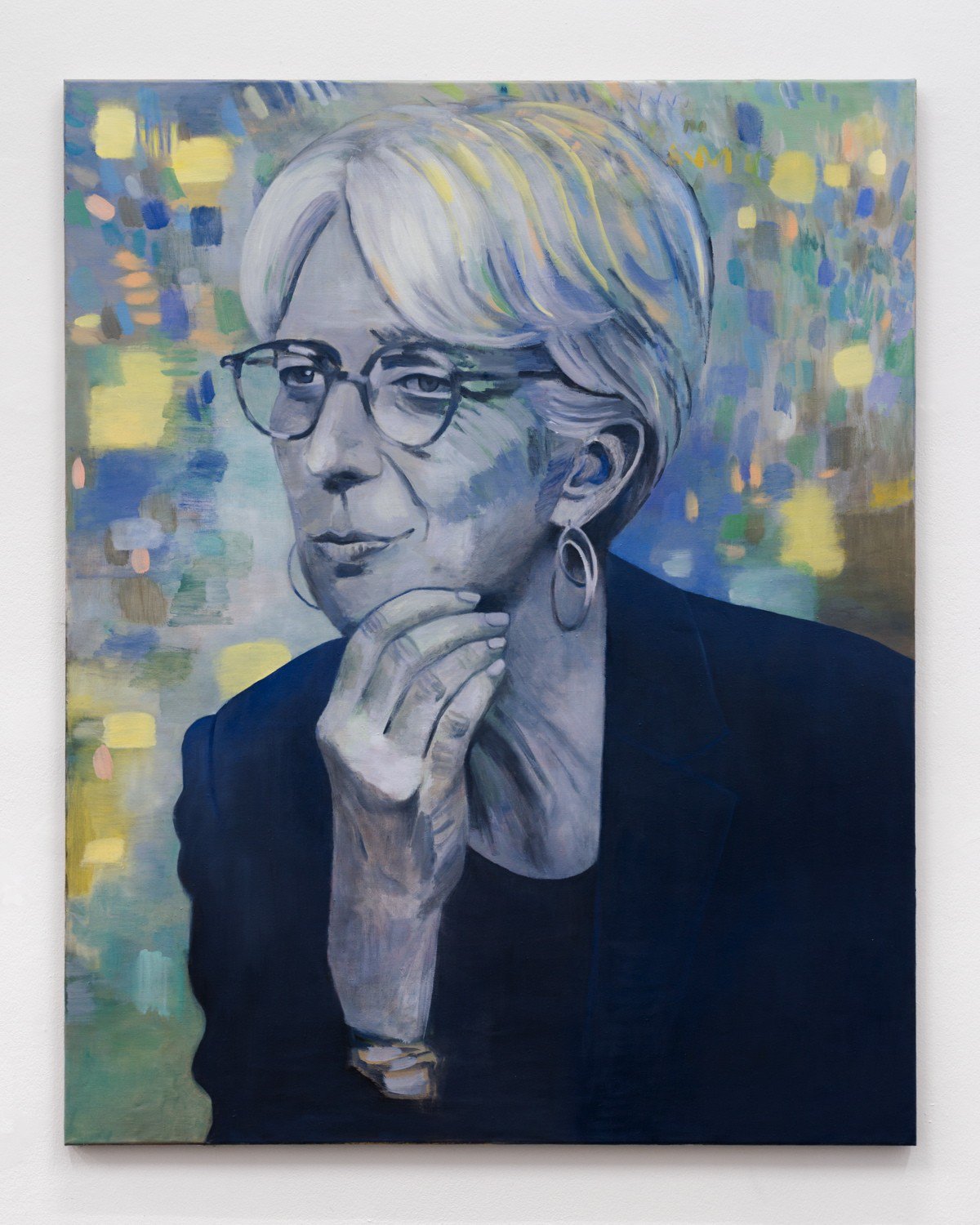
Birgit Megerle
Living Currencies, 2015
Oil on canvas
150 × 120 cm
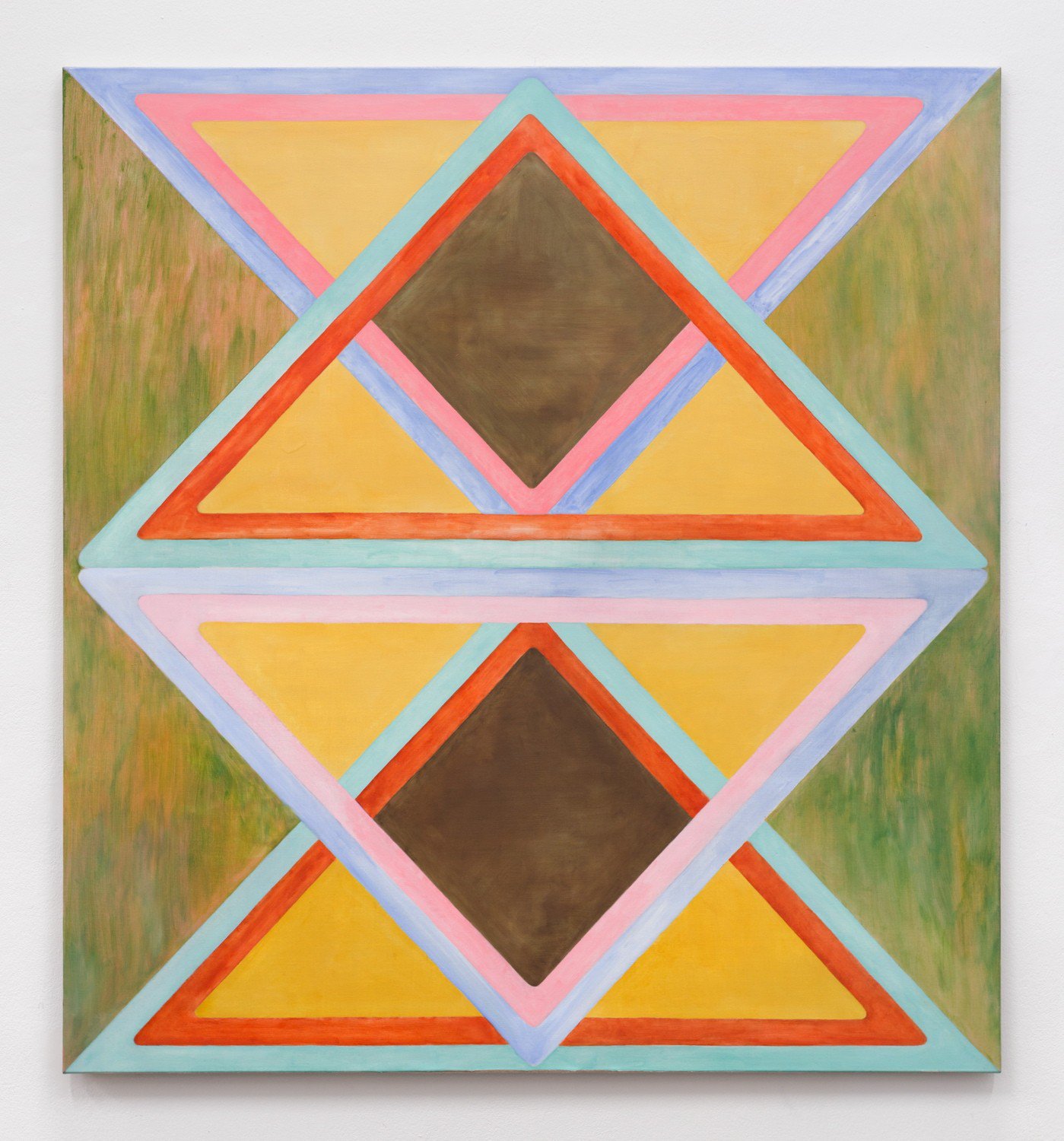
Birgit Megerle
Suite II (after Bruch), 2015
Oil on canvas
140 × 150 cm

Birgit Megerle
Suite, 2015
Installation view
Layr An der Hülben, Vienna
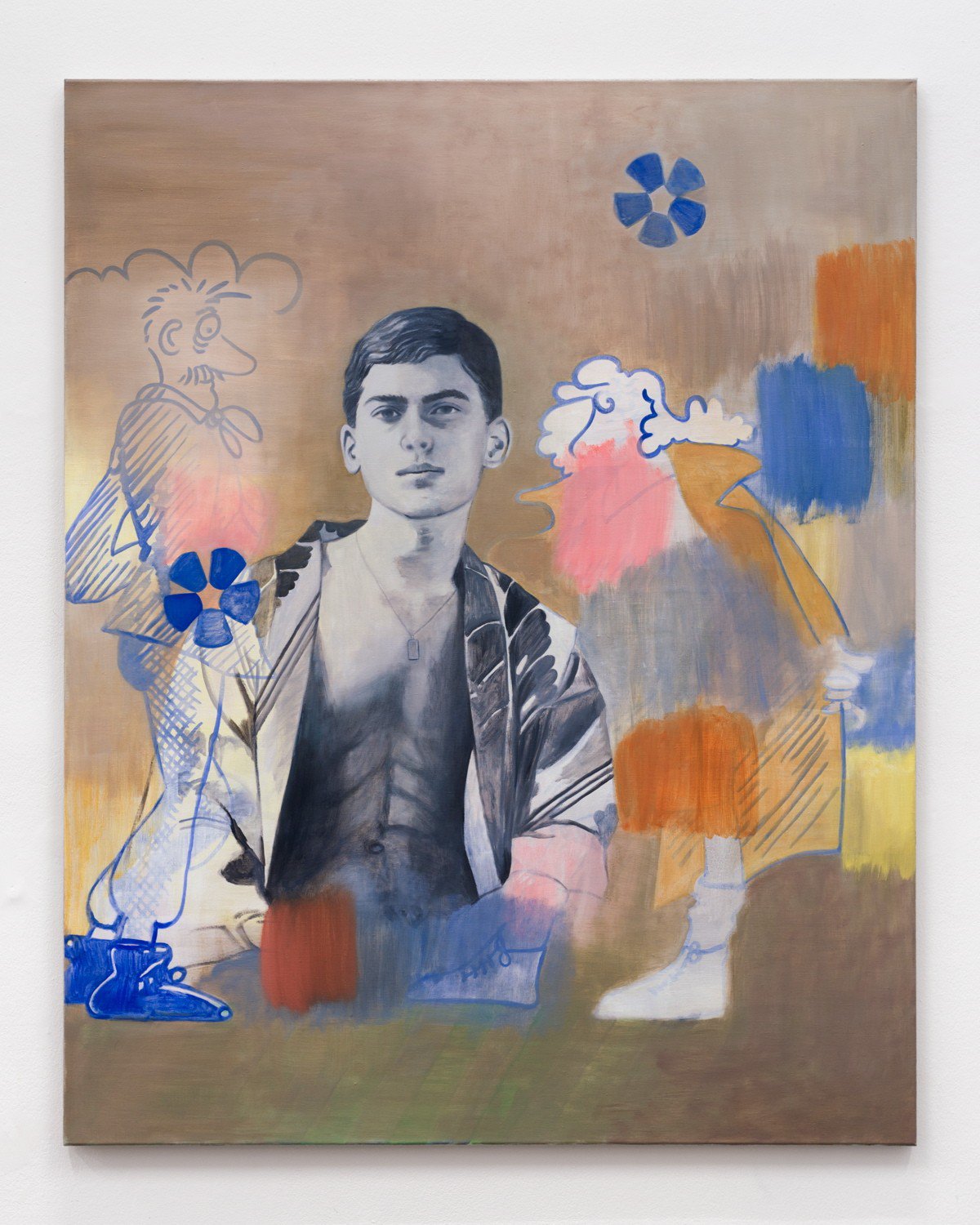
Birgit Megerle
Antichambre, 2015
Oil on canvas
150 × 120 cm
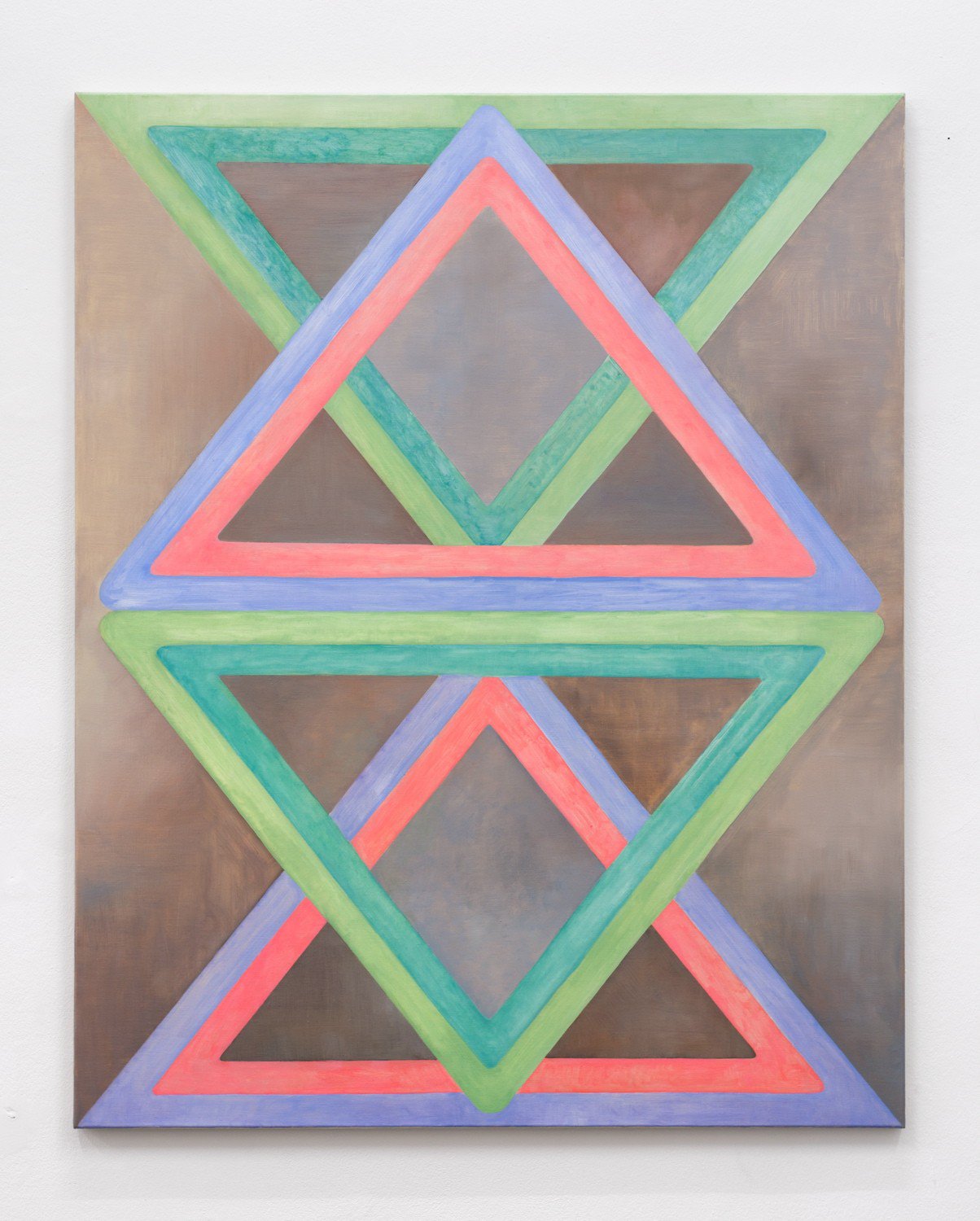
Birgit Megerle
Suite l (after Bruch), 2015
Oil on canvas
150 × 129 cm
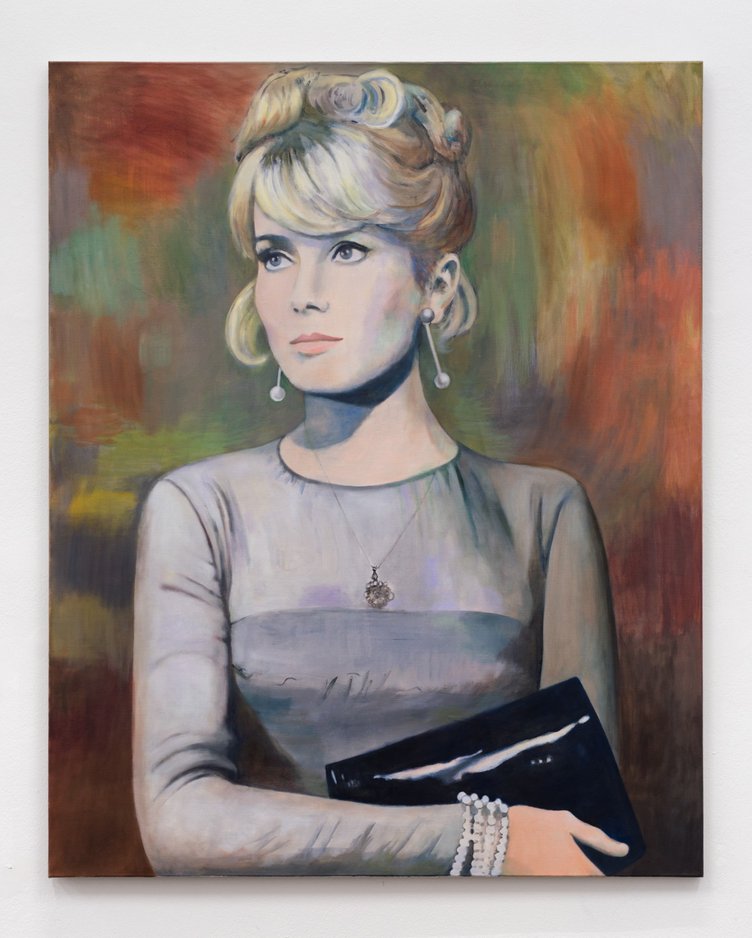
Birgit Megerle
Beauty Fields, 2015
Oil on canvas
150 × 120 cm
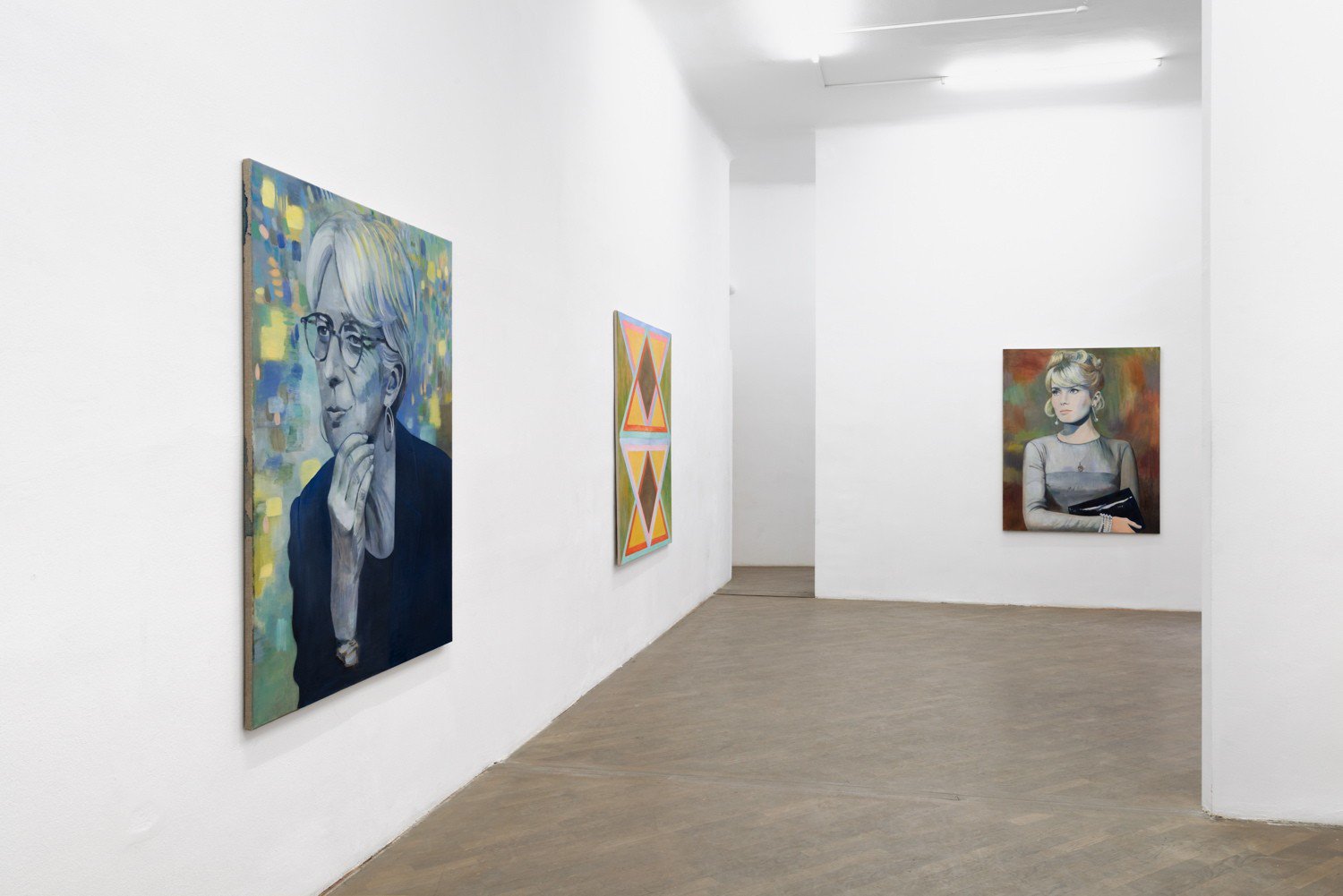
Birgit Megerle
Suite, 2015
Installation view
Layr An der Hülben, Vienna
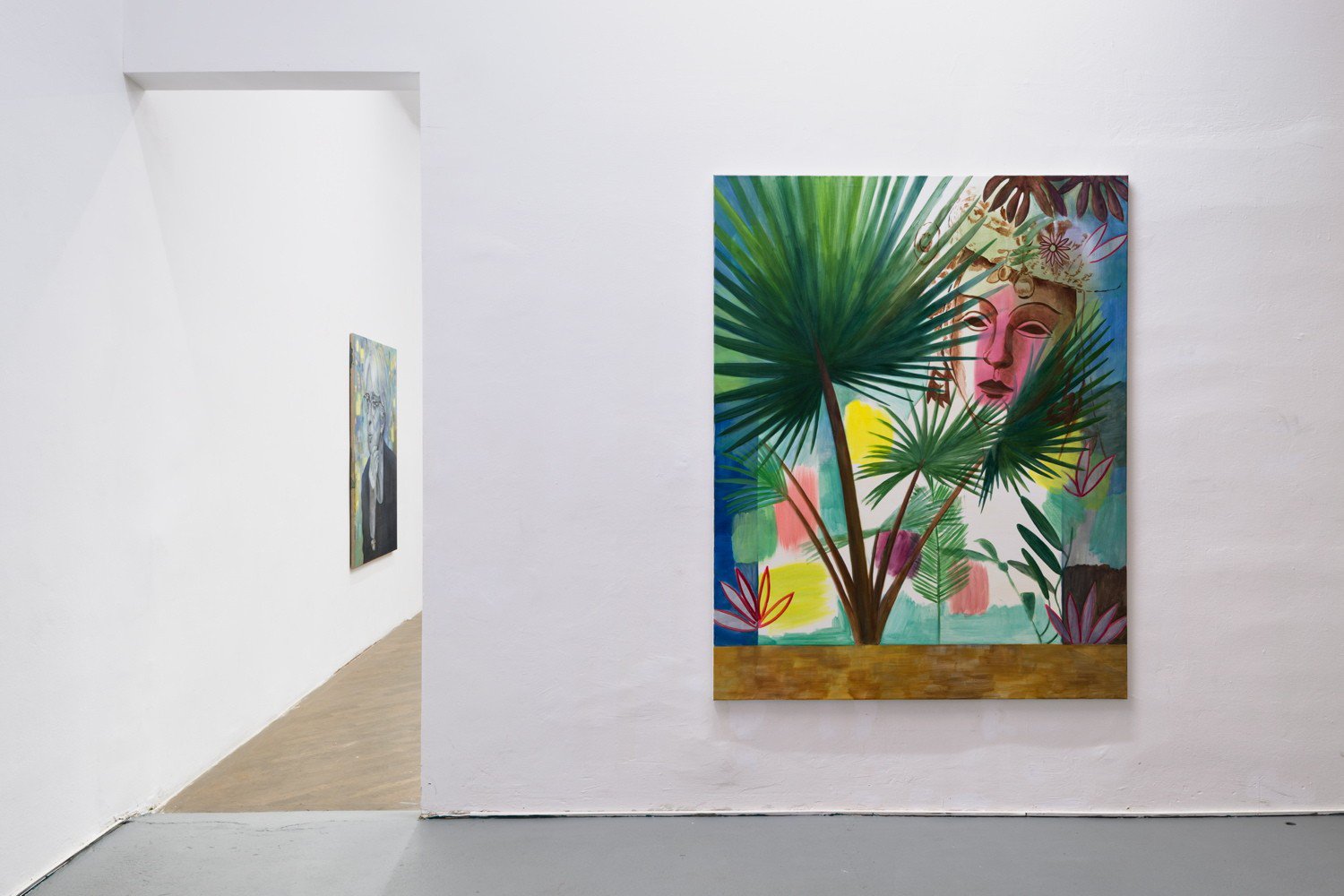
Birgit Megerle
Suite, 2015
Installation view
Layr An der Hülben, Vienna
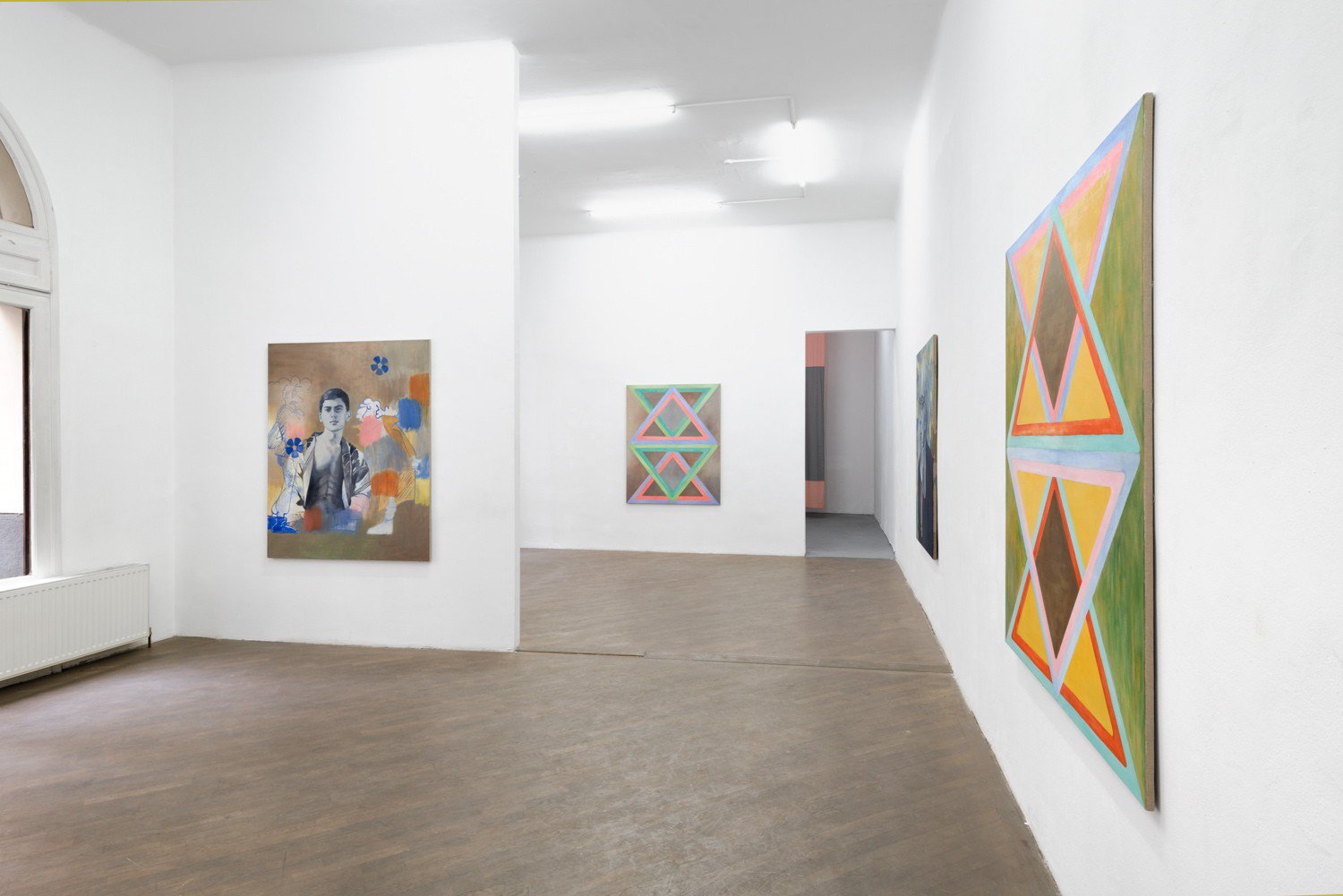
Birgit Megerle
Suite, 2015
Installation view
Layr An der Hülben, Vienna
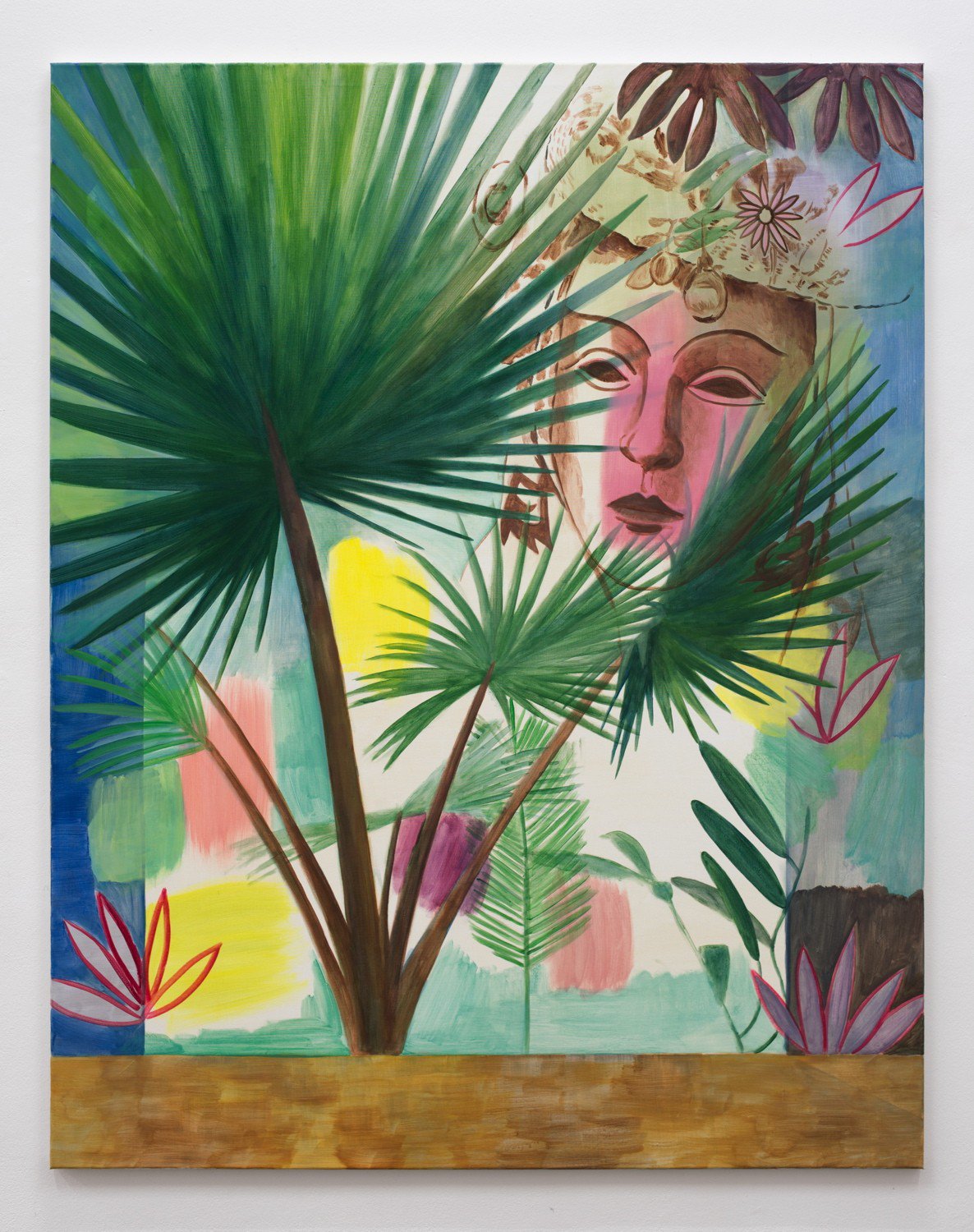
Birgit Megerle
New Theater Backdrop l, 2015
Oil on canvas
190 × 150 cm
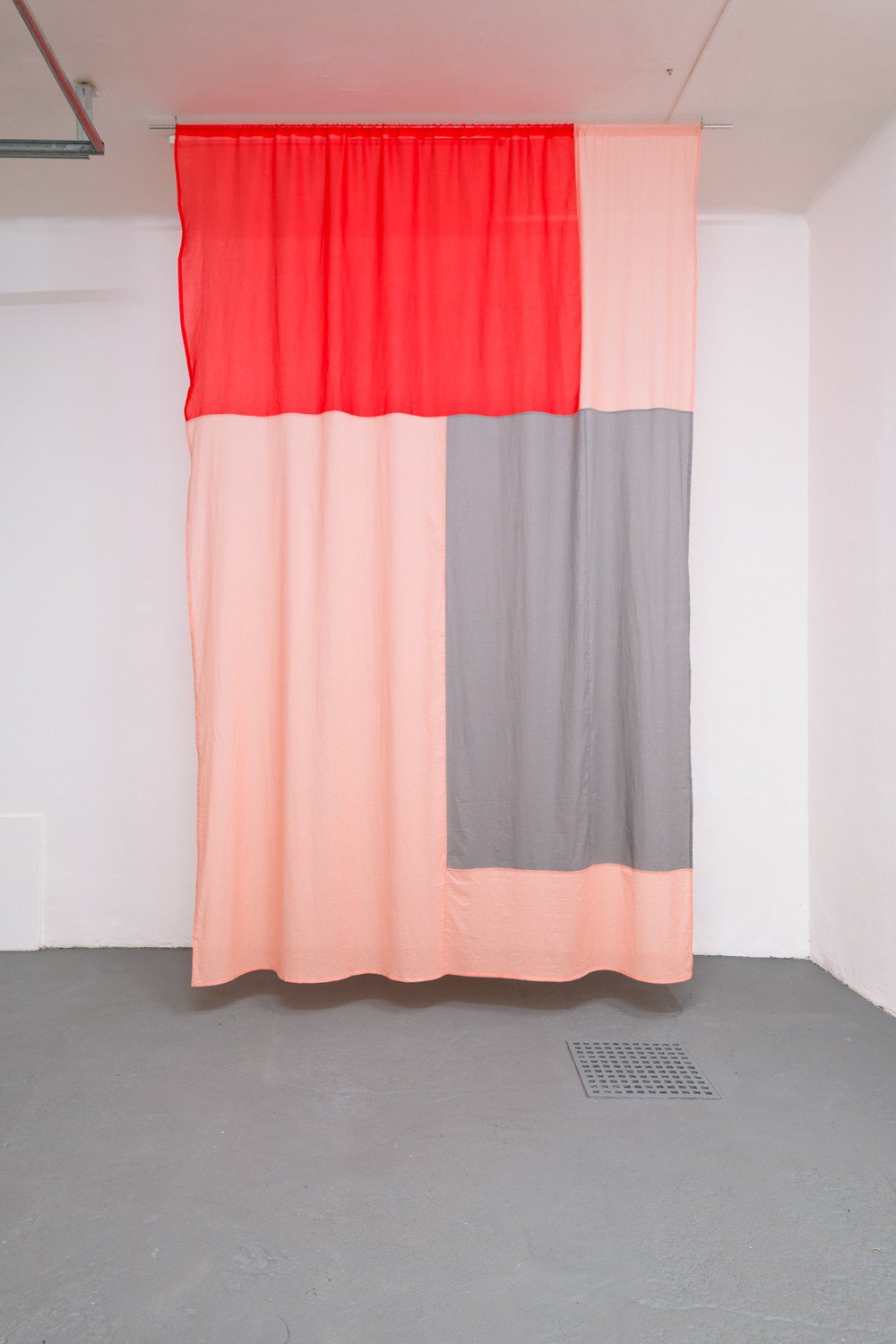
Birgit Megerle
Suite, 2015
Installation view
Layr An der Hülben, Vienna
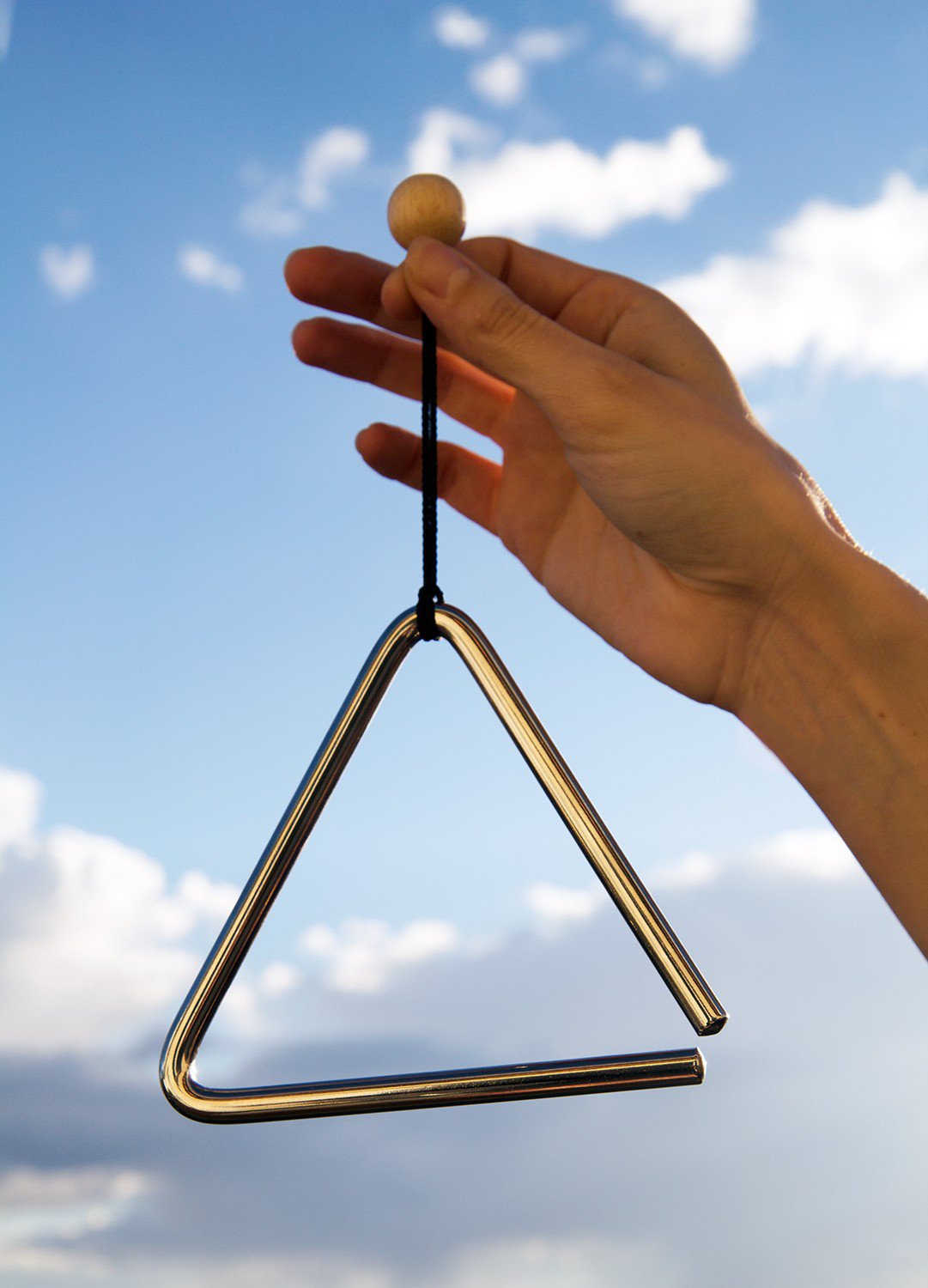
Birgit Megerle
Untitled, 2015
Digital print
The seven paintings presented at Galerie Emanuel Layr describe the poetics of Birgit Megerle as it converges into a new heterotopia: a going towards a painting that intimately interrogates the language of geometric abstraction, while challenging the specificity of the painted image.
The experiences of artists such as Sonia Delaunay, Lygia Clark and Robin Bruch, have obviously provided a paramount influence. The nature of these encounters is absolutely personal and derives from a genuine appreciation of the marvelous range of sensibility within the geometric schema. Megerle seems to look for an organic space where she can enter the painting, her ultimate pursuit perhaps being that of an artwork as “objectivité subjective qui dirige les hommes vers la transparence” – quote is by Picabia, 1921, from an article that he wrote in defense of his Transparences series.
The pictorial spaces included in the Suite series are heterotopia, in the sense that they are spacesconnected to all the other spaces, although capable of suspending, neutralizing and reversing the ensemble of relationships which they themselves appear to designate or reflect.
Megerle utilizes foreshortened figurative canvases in juxtaposition to geometrical color compositions, in view of a generalized specularity that mirrors itself as a scene made of “visions”. A fertile tension then arises between the portraits of more or less recognizable public figures and the vibrant, geometric order introduced by the abstract paintings. It’s an invitation to chaos, disorder, flux, organicity, the random, the void.
An image that is spewed from contemporary media tends, apparently, to neutralize representation by flattening it behind the techniques of iconic reproduction of the object, with the consequent loss of representative and textual specificity. So does the painted image, which replaces the articulated experience of the real by a specular doubling and pre-announces itself as an “immediacy of sense”.
The relationship that the artist entertains with the unconscious is almost colloquial, like a dialog in second person – her art emerging as the proof of such a privileged rapport. Megerle allows the outside to be in a direct rapport of continuity with the inside. Reality is being stirred up and removed from its state of separation, all doors are left open for the deep to irrupt and resurface. The primacy of the phantasme over the static evidence of things is established by a gesture that is exuberant but also very balanced. It’s a gesture that gives a certain degree of autonomy to the hand, relieving the artwork from the caring supervision of its author.
The attempt to render a possible fourth dimension via the simultaneity of figurative and abstract paintings, engages also the triangular relationship between artist-painting-viewer in continual critical questioning.
Our capabilities of symbolic projection being colorfully wiped out, we become in fact the frame of a larger canvas, above which the artist has segmented all the mirrored visions. The result is a de-symbolised visual performance: the constitution of a theater-of-images, which reopens the fragmentation of our imagery over the bodies-icons.
Francesca Lacatena 04/2015